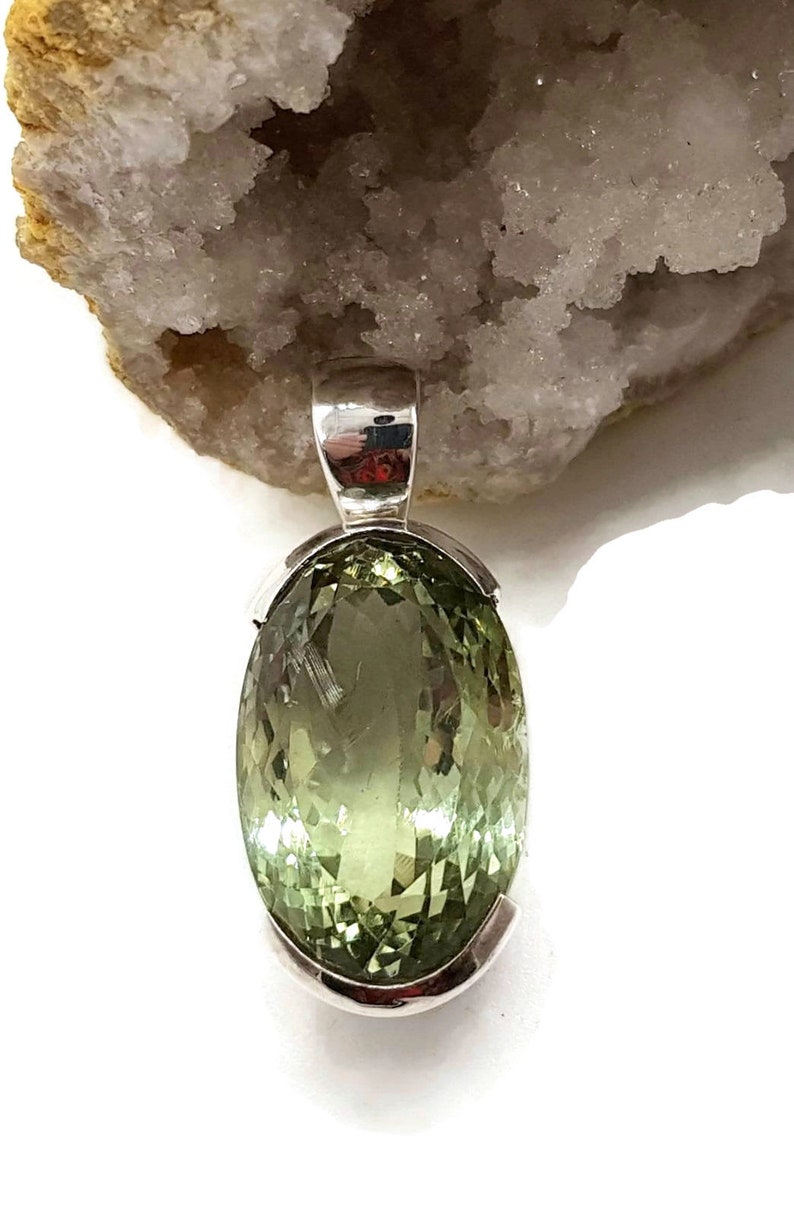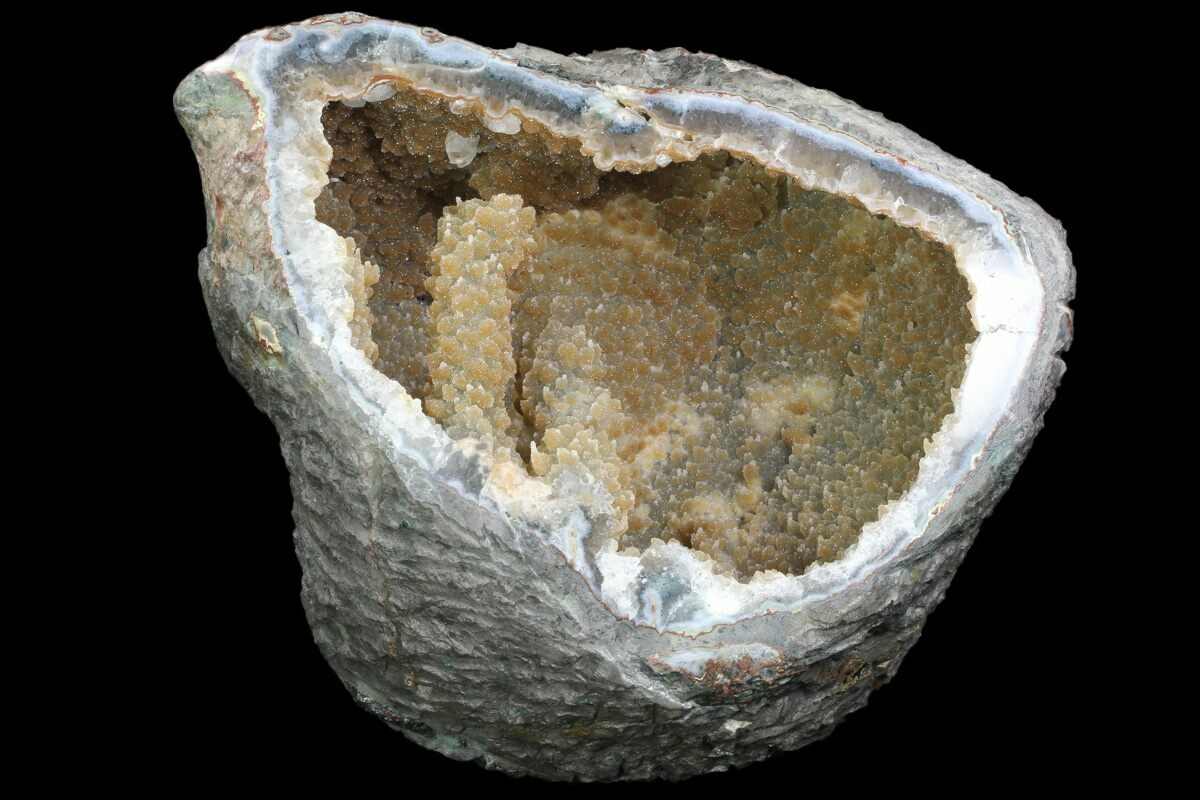

Normally the trivalent iron, Fe 3+, will cause a golden color. It is possible to artificially grow green quartz crystals by adding iron salts to the watery solution. It is, however, more likely that the color is not caused by an embedded mineral, but by color centers similar to the ones found in amethyst and smoky quartz. To cause dichroism, the colorizing agent must at least be embedded into the crystal epitactically, that is, in some fixed orientation relative to the crystallographic axes, and must be dichroic by itself. The dichroism is an indication that the color is not caused by randomly oriented and finely distributed inclusions of a mineral (like in eisenkiesel). Like in other dichroic quartz varieties, the effect is quite weak and can only be observed in polarized light.

Crystals can show zones of amethyst color.Īt least the specimen I got is dichroic, with the green color varying from more turquoise to more yellow tones. The color varies from a pale gray green to a deep grass green. Prasiolite is a transparent to translucent quartz variety, although clear gem quality material is usually produced artificially from amethyst. This crystal is dichroic the significance of this finding is discussed under " Specific Properties". Some cracks that contain small amounts of a red and brown substance (very likely iron oxides) run through the crystal and its hard to tell if the olive tones are caused by brown inclusions or a true local variation of the crystal's color. The patchy color is more obvious when the crystal is put before a neutral background. Mine carried the label "Minas Gerais" but that label is virtually put on anything from Brazil, so I'm not certain about its origin, and it could just as well be from Bahia. This crystal resembles a prasiolite crystal from Southern Bahia shown on a web page of the Caltech Mineralogy Dept. This is the only specimen I got and the only I ever had a close look at, so what I say about that crystal is not meant to be a general description of prasiolite properties. The color varies from deep green to olive green. The image shows a supposedly natural prasiolite crystal from Brazil. Currently, I have no further information on the methods (trace elements, kind of radiation, heat treatment) for producing green quartz. Recently quartz has appeared on the marked that has been artificially turned green by irradiation. It has been suggested that reducing environments (as opposed to oxidizing ones) lead either to the formation of amethyst that turns green upon heating or to the direct formation of prasiolite (only the latter seems to be true - more on this under "Specific Properties"). Iron compounds with Fe 3+ ions are often yellow or orange, whereas Fe 2+ compounds are green. Usually amethyst turns yellow, orange, or brown when heated, in part due to the formation of iron oxides. Accordingly, it is sometimes called green amethyst, amegreen or vermarine. Most prasiolite is artificially produced by heating amethyst of certain locations, e.g. Many authors had doubts that prasiolite is a natural quartz variety, but there is an increasing number of reports of natural occurrences. Spiritually, prasiolite promotes awareness of Christ Consciousness, the highest state of intellectual development and emotional maturity, blended with the Divine Mind.Prasiolite is a transparent green quartz. It aids relaxation in the respiratory system and intercostals, while having a gentle calming effect, making it an excellent crystal for treating asthma, hay fever, and related chest and sinus complaints. It connects with the Heart Protector or Pericardium Meridian in Chinese medicine, which helps to open the chest and promote clear breathing. It has a light, happy energy, which circulates throughout the body in tiny spirals, before focussing around the heart, reminding us of joyful summer days in childhood. Prasiolite is very special, and deserves to be recognised in its own right. literally meaning 'garlic green-coloured stone'. Origin of Name & Mythology: From the Greek πράσον, prason, meaning 'leek' and λίθος lithos meaning 'stone'. Typical Appearance: Rarely as individual crystals, usually crystalline masses. Alternative Names: Green Quartz Mineral Information


 0 kommentar(er)
0 kommentar(er)
